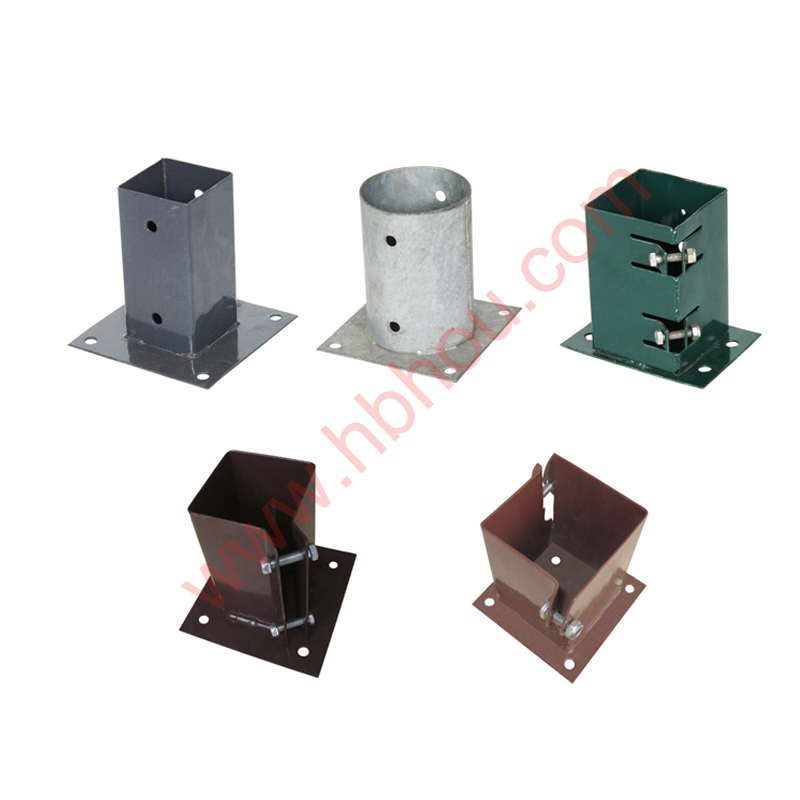The Importance of Rabbit Fencing for Raised Garden Beds
Creating a raised garden bed is a wonderful way to grow your own fruits, vegetables, and flowers. Not only does it allow for better soil drainage and improved accessibility, but it also provides gardeners with greater control over their soil quality and planting conditions. However, one of the challenges that gardeners face, especially those in areas populated with wildlife, is protecting their plants from rabbits. Incorporating a rabbit fence into your raised garden bed design can be an effective solution to this problem.
Understanding the Threat
Rabbits are notorious for their voracious appetites and can wreak havoc on a garden in a very short time. These small mammals are particularly fond of tender seedlings and leafy greens, which are common in many home gardens. A single rabbit can consume a surprising amount of produce, and in a matter of days, a thriving garden can be reduced to nothing more than a few nibbled leaves. Therefore, it is crucial to take preventative measures to protect your hard work and investment.
Setting Up Rabbit Fencing
To effectively keep rabbits out of your raised garden bed, the first step is to choose the right type of fencing. Generally, a fence that is at least two feet tall is recommended, as rabbits are excellent jumpers. Materials such as wire mesh or welded wire fencing are ideal choices, as they provide a sturdy barrier without being overly cumbersome. It’s important to ensure that the fencing is buried several inches into the ground to prevent rabbits from burrowing underneath. A depth of six to twelve inches is often sufficient.
When installing the fence, consider bending the bottom 6 inches of the fence outward to create an L-shape. This design further deters rabbits from digging under the fence. If your budget allows, consider using fencing with smaller openings, ideally no larger than 1 inch, to ensure that young rabbits cannot squeeze through.
Creating a Barrier
When constructing your raised garden bed, design it in conjunction with your rabbit fence to create a seamless barrier. If your raised bed is elevated on a platform rather than sitting directly on the ground, it can make it more challenging for rabbits to access. However, this does not exclude the need for fencing, as rabbits may still try to jump into the bed.
rabbit fence for raised garden bed

Additionally, consider installing gates that allow easy access while maintaining security. These gates should be designed to close tightly to prevent any unwanted visitors from sneaking in. In some cases, adding a simple latch or hook mechanism will suffice.
Maintenance of Fencing
Once your rabbit fence is in place, regular maintenance is necessary to ensure it continues to provide effective protection. Periodically check for any signs of wear, rust, or damage. Rabbits are clever creatures and will exploit any weak points in your defenses. Repair any holes or breaches immediately and reinforce the bottom section of the fence if you notice digging activity.
Furthermore, complementing your fencing with some natural deterrents can also enhance your garden's defenses. Planting strong-smelling herbs, such as mint or basil, can help keep rabbits at bay. Additionally, using repellents available at garden centers can provide further protection, although they may need to be reapplied after rain.
The Benefits of Rabbit Fencing
Investing in a rabbit fence for your raised garden bed offers numerous benefits beyond just protecting your plants. First and foremost, it allows you to grow a wider variety of vegetables and flowers without the constant stress of potential losses. This peace of mind encourages creativity in your gardening endeavors, enabling you to experiment with new plants and designs.
Moreover, having a fenced garden can promote a healthier ecosystem. With protective measures in place, you'll likely observe an increase in beneficial insects and pollinators drawn to your garden. This can lead to improved plant health and greater yields, making all your efforts worthwhile.
Conclusion
In conclusion, rabbit fencing is an essential aspect of maintaining a flourishing raised garden bed. By investing time and resources into proper fencing, you not only protect your plants from hungry rabbits but also create an environment in which your garden can thrive. With the right planning, materials, and maintenance, you can safeguard your garden against pesky pests, allowing you to enjoy the fruits of your labor for seasons to come. Happy gardening!
















